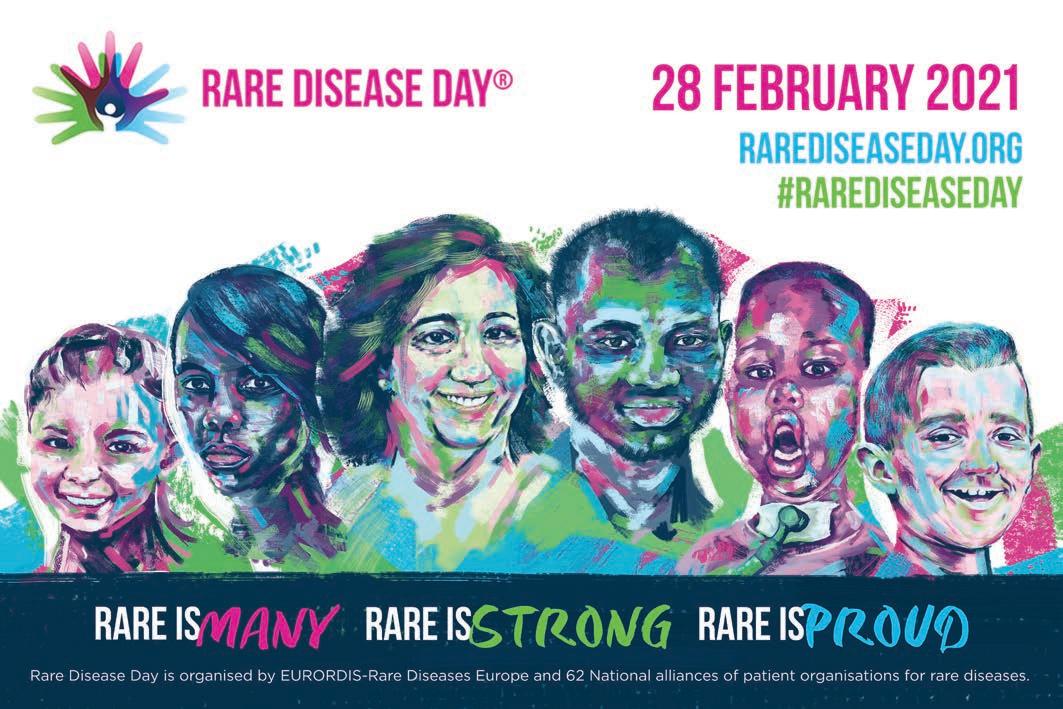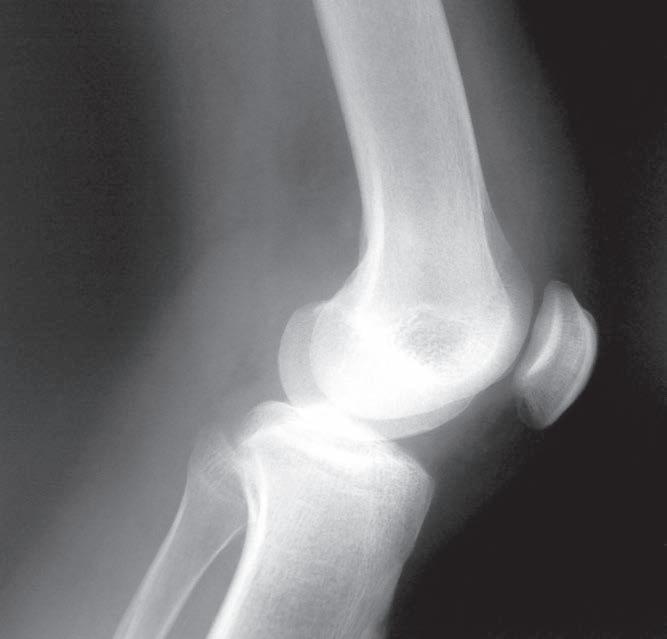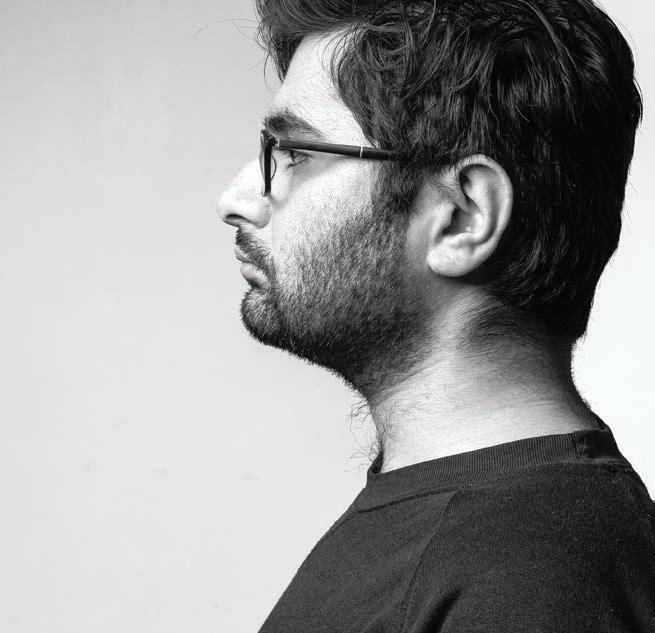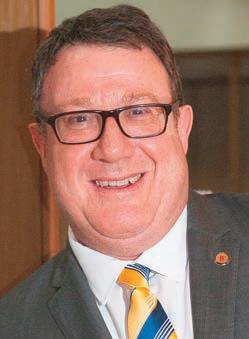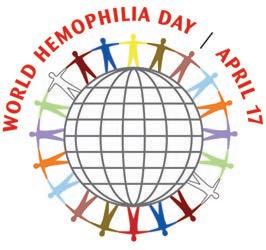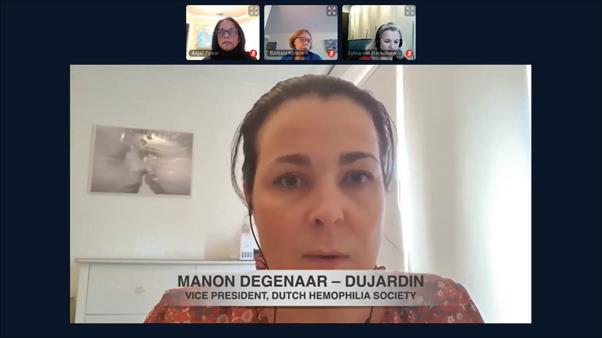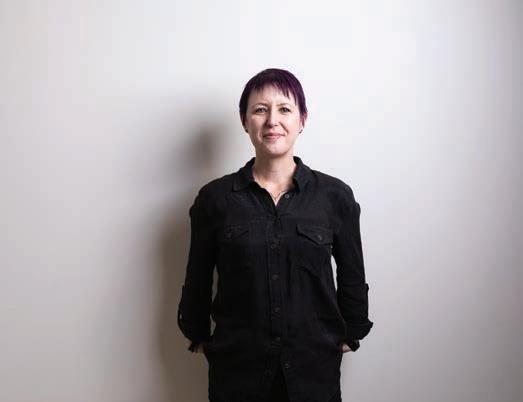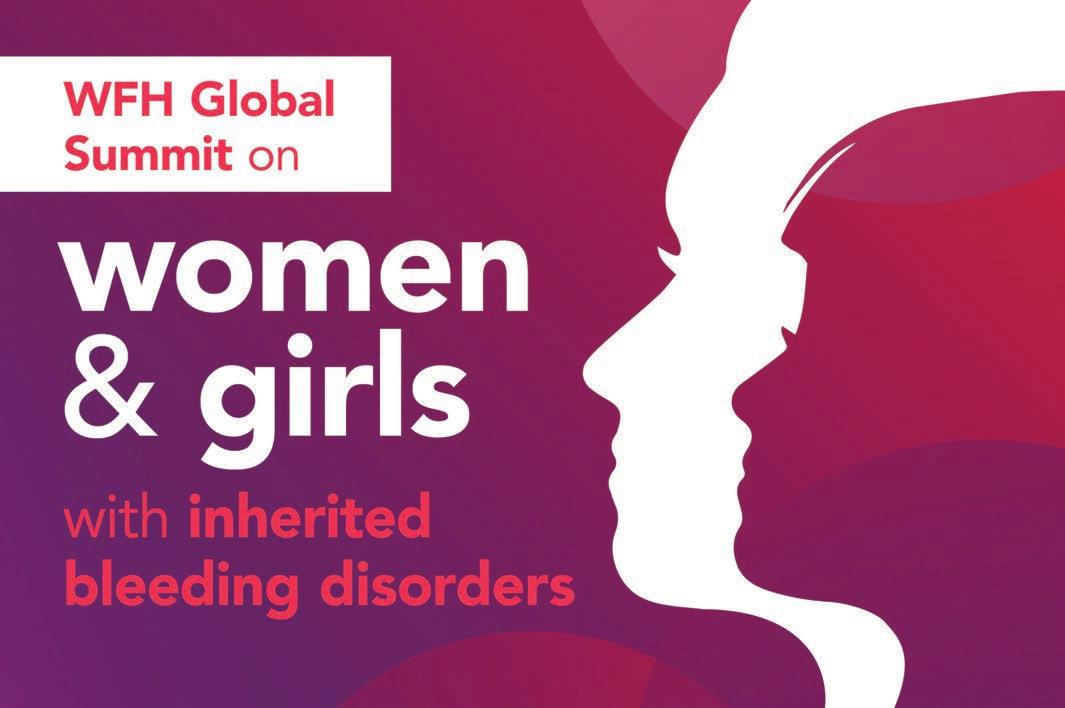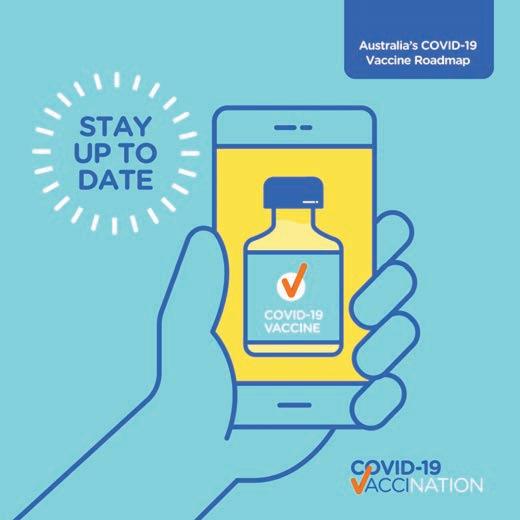Factor
deficiency
BELINDA SPOKE WITH HFA
about her journey to tackle life independently with factor X (10) deficiency.
It’s the goal of many young people to leave home and see the world. But taking charge of your life to achieve this can have its challenges, especially you have a rare clotting factor deficiency. Belinda was diagnosed with factor X deficiency as a newborn when she had the routine heel prick test and her mother noticed that it didn’t stop bleeding. Neither of her two older brothers had a bleeding disorder and it was later found that there was no family history as well. Factor X deficiency occurs in 1 in a million people and Belinda has the severe form. ‘I describe it by saying my blood doesn’t clot at all,’ she said.
Nat i onal H aem ophi l ia 2 13, March 2 021
SPEAKING UP Growing up with a very rare health condition involved watching her mother advocate and learning that she would need to speak up for herself. Even in large cities many health professionals have never had a patient with a rare clotting factor deficiency. When she was younger Belinda lived in a remote outback town. ‘Things have changed now but in those days factor X deficiency was sometimes described as a type of haemophilia,’ explained Belinda. ‘At times the hospital staff didn’t believe Mum, because“only boys have haemophilia’’!’
TESTING BOUNDARIES ‘During my teenage years I felt very isolated and had no connection with anyone else like me. I hated having to have factor treatment and knowing I had to do it all the time. And every time I had a period, I needed a double dose. So I got to a point in my teens where I would push the boundaries with my treatment and then get a bleed.’ Her parents understood that she needed to test the waters and try things out for herself. ‘My parents were amazing. They never bubblewrapped me - the only thing I wasn’t allowed to do was ride motorbikes.’
MANAGING TREATMENT Infusing her treatment was a struggle for Belinda. For most of her life this has involved injecting the treatment into a port, a small device surgically implanted under the skin, usually the chest. ‘My veins are pretty shocking and so at a young age I got a port, something I still have today. My mum was infusing me at home, which was great, but it didn’t give me any independence as she was the only one that could do it. I never thought I could leave Mum, but I was determined to learn to infuse myself via the port and become independent. By the time I was 18 I could infuse myself. I was able to leave home and move to the big city and travel the world, something I had wanted to do for so long and did do successfully.’ Treatment is still an area where she feels vulnerable.
22
210213 HFA_journal_march_21 Update_3.indd 22
15/3/21 10:03 am



